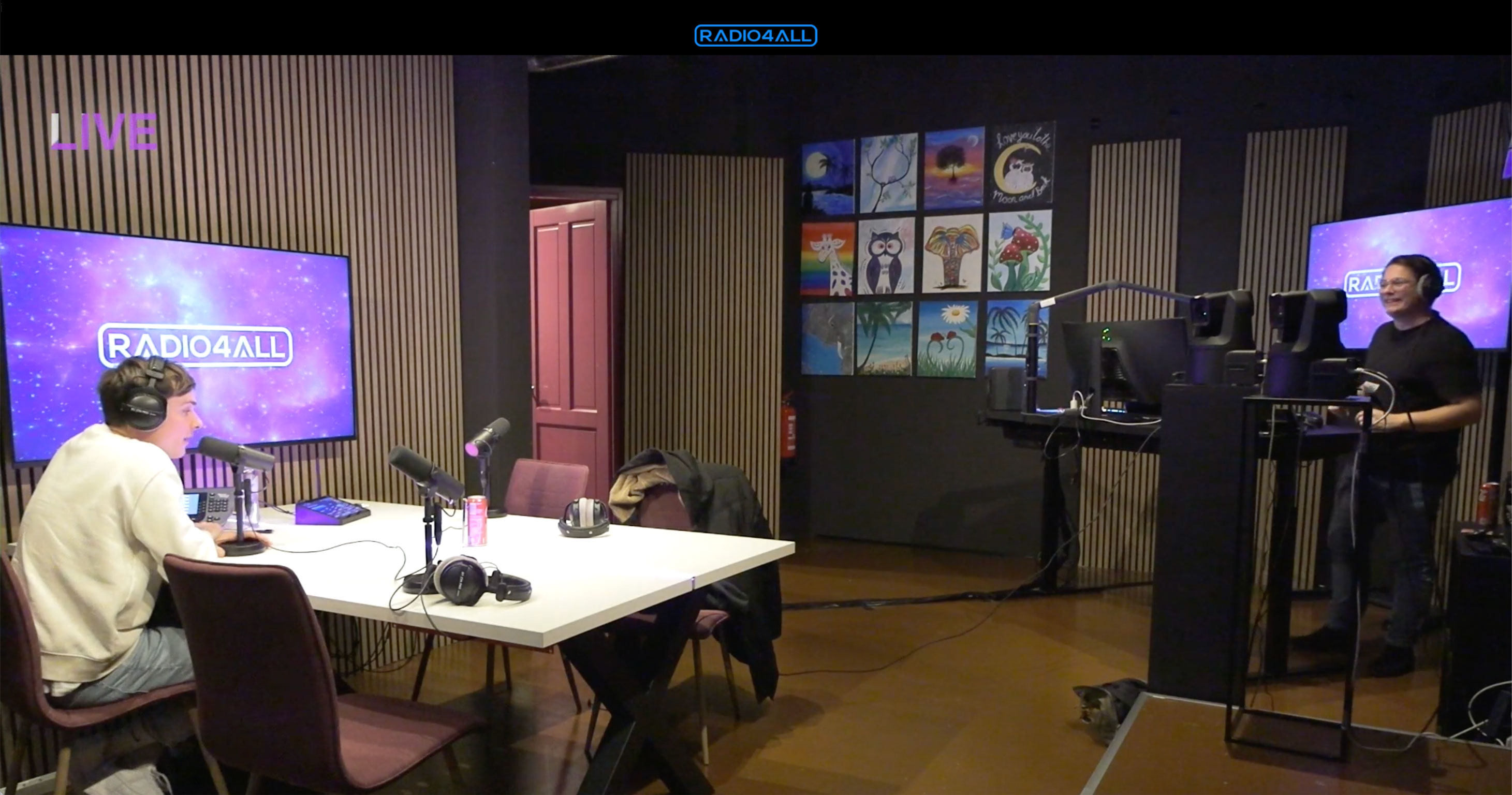The Telos Alliance Team
Recent Posts
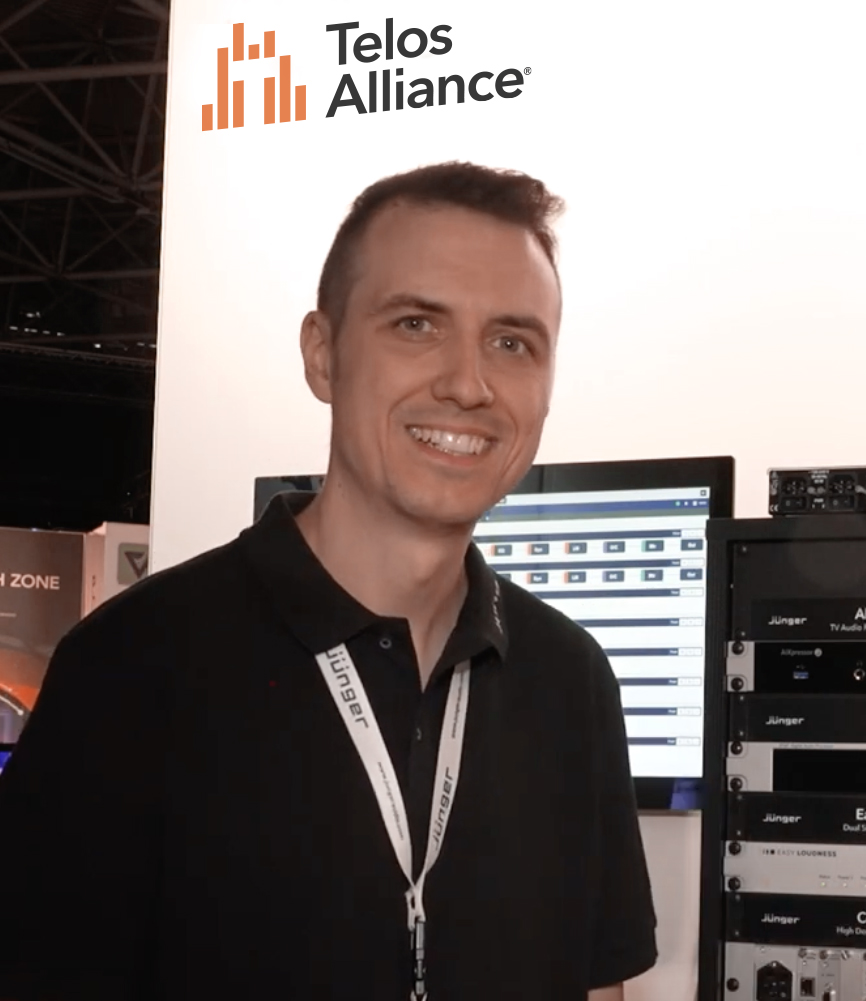
Jünger Audio flexAI: A Deep Dive with Friedemann Kootz
By The Telos Alliance Team on Mar 5, 2024 1:19:31 PM
A look inside the most flexible audio-handling ecosystem yet for TV production
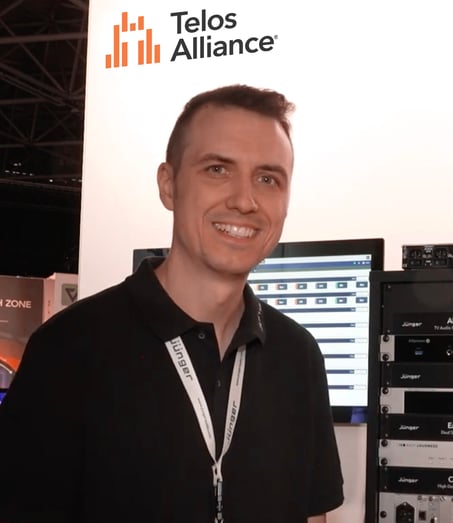
In our ongoing exploration of cutting-edge audio technology, we had the pleasure of sitting down with Friedemann Kootz of Jünger Audio to delve into the innovative flexAI platform.
Read MoreTopics: Audio Processing, Automation, Audio Routing, Junger, AIXpressor, 2024, flexAI
Netherlands' Triple Audio Puts Axia To Work at Radio4All
Recently we heard something quite amazing from our partners in the Netherlands, Triple Audio: they'd built a client new broadcast studios, ready for air, in just two weeks' time! How in the world is this possible? They've given us permission to share their story - read on! (The following is edited; to read the original, click here.)
Read MoreTopics: AoIP studios, Axia Quasar

Ask The Omnia Guy: Proper Voltair Setup With Omnia.11
By The Telos Alliance Team on Nov 10, 2023 6:21:39 PM
Welcome to another edition of "Ask The Omnia Guy", a continuing series of expert answers by the Omnia guy, Paul Kriegler, to real-world questions from our electronic mailbag. This time, an Omnia user from the USA asks:
What's the best setup for maintaining watermark integrity when using Voltair with Omnia.11?
Q: "Omnia Guy, we have Omnia.11’s in a big market and hear that we might get better watermark integrity using Voltair Mode and the Omnia.11’s insert points. Where should we start? Tips?" - Tim
Read MoreTopics: broadcast audio processor
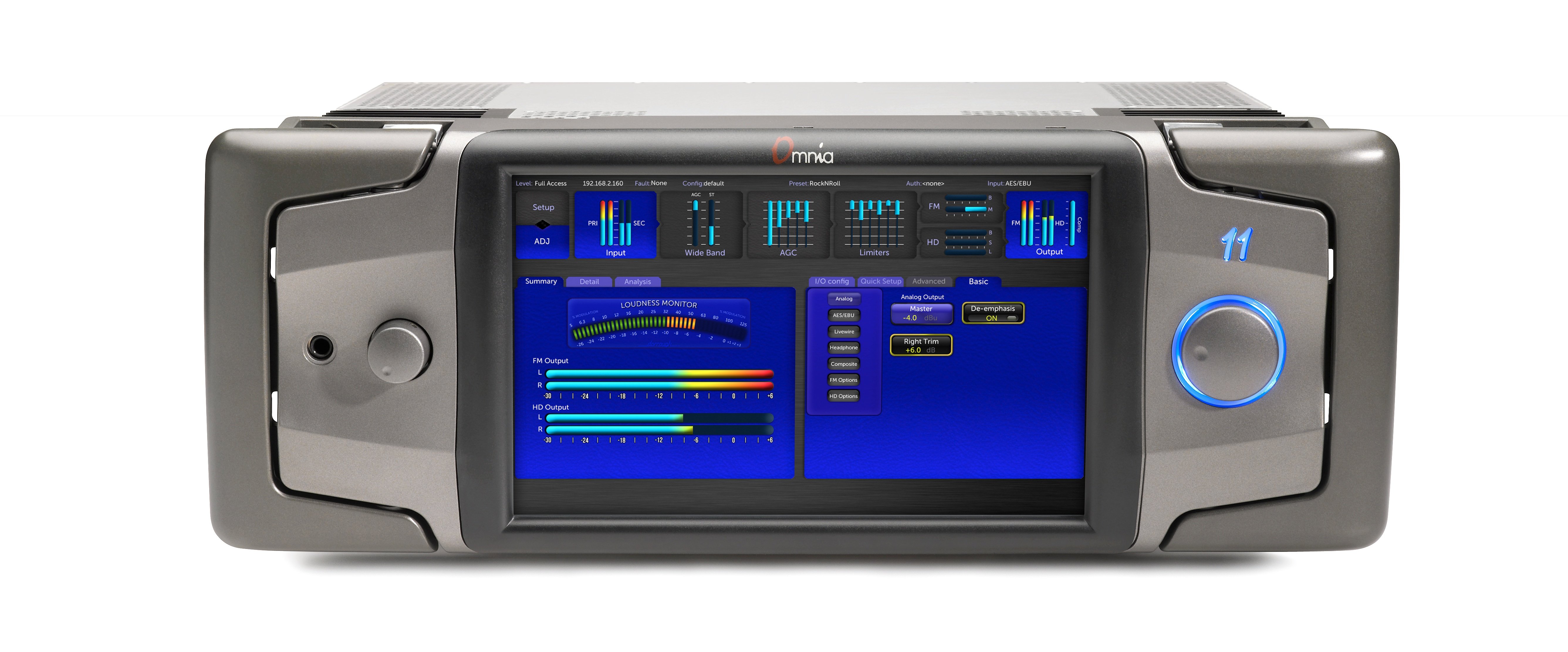
Ask The Omnia Guy: Why does Omnia recommend removing any pre-processing in front of an Omnia.11 or 9? | Telos Alliance
By The Telos Alliance Team on Feb 2, 2023 6:03:49 PM
Last time on "Ask The Omnia Guy," we got the break down of AES192 vs. Analog on an MPX node. This month on "Ask the Omnia Guy," we get a bit of clarification on why you shouldn't use an Ariane or a Compellor in front of an Omnia.11 or Omnia.9. Let's just say Omnia is already at the top of the of the audio chain for a reason. Check out what Paul Kriegler has to say about it, after all, he is the "Omnia Guy."
Ask The Omnia Guy: Why does Omnia recommend removing any pre-processing in front of an Omnia.11 or 9?
Q: “We have Omnia.11’s and a couple of Omnia.9’s in our group. I keep hearing it’s not a good idea to have something like a Compellor or an Ariane in front of these newer processors. Why is that?
Read MoreTopics: broadcast audio processor
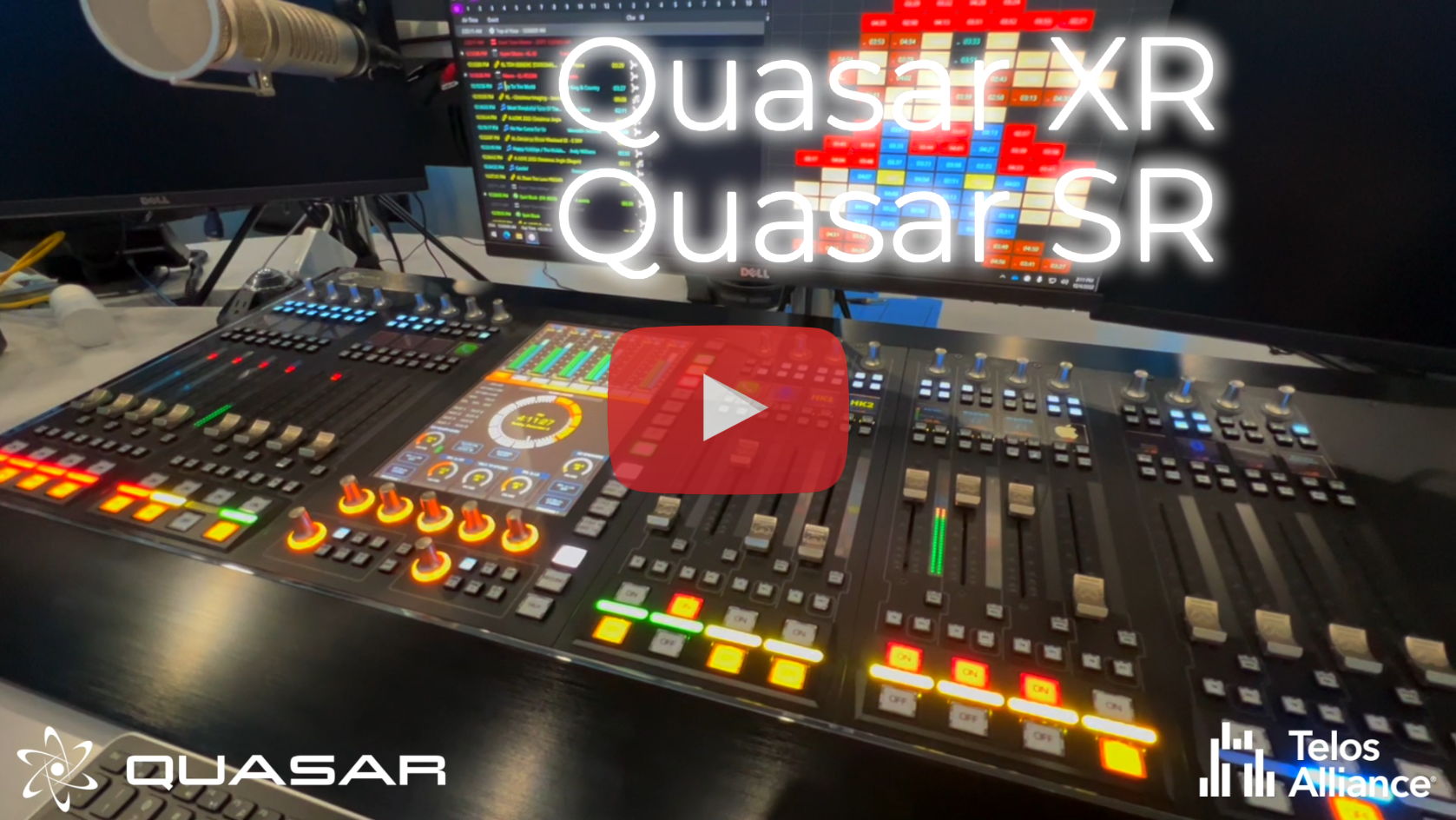
Axia Quasar Mixing Console - Powered by Simplicity | Telos Alliance
By The Telos Alliance Team on Jan 18, 2023 1:05:51 PM
Axia Quasar Mixing Console - Powered by Simplicity
Axia Quasar Mixing Consoles from Telos Alliance are the ultimate AoIP Broadcast Mixing Consoles, putting the power at your fingertips for next-level content creation. Including XR and SR models—the Quasar family offers broadcast engineers and less seasoned board operators alike boundless production possibilities, modularity, scalability, and workflow flexibility.
Read More
Learn the Latest in Broadcast Engineering with Container University | Telos Alliance
By The Telos Alliance Team on Jan 18, 2023 12:40:31 PM
Learn the Latest in Broadcast Engineering with Container University by Telos Alliance
Software containers are taking modern business and broadcast infrastructure to the next level. Designed to educate and empower broadcast engineers, Container University is your hub to learn about this proven reliable technology and hear how it’s exactly right for broadcast operations. View clips from Telos Alliance's Container University Educational Series featuring Kirk Harnack and the Telos Alliance team as they dive deep into the technology.
Read More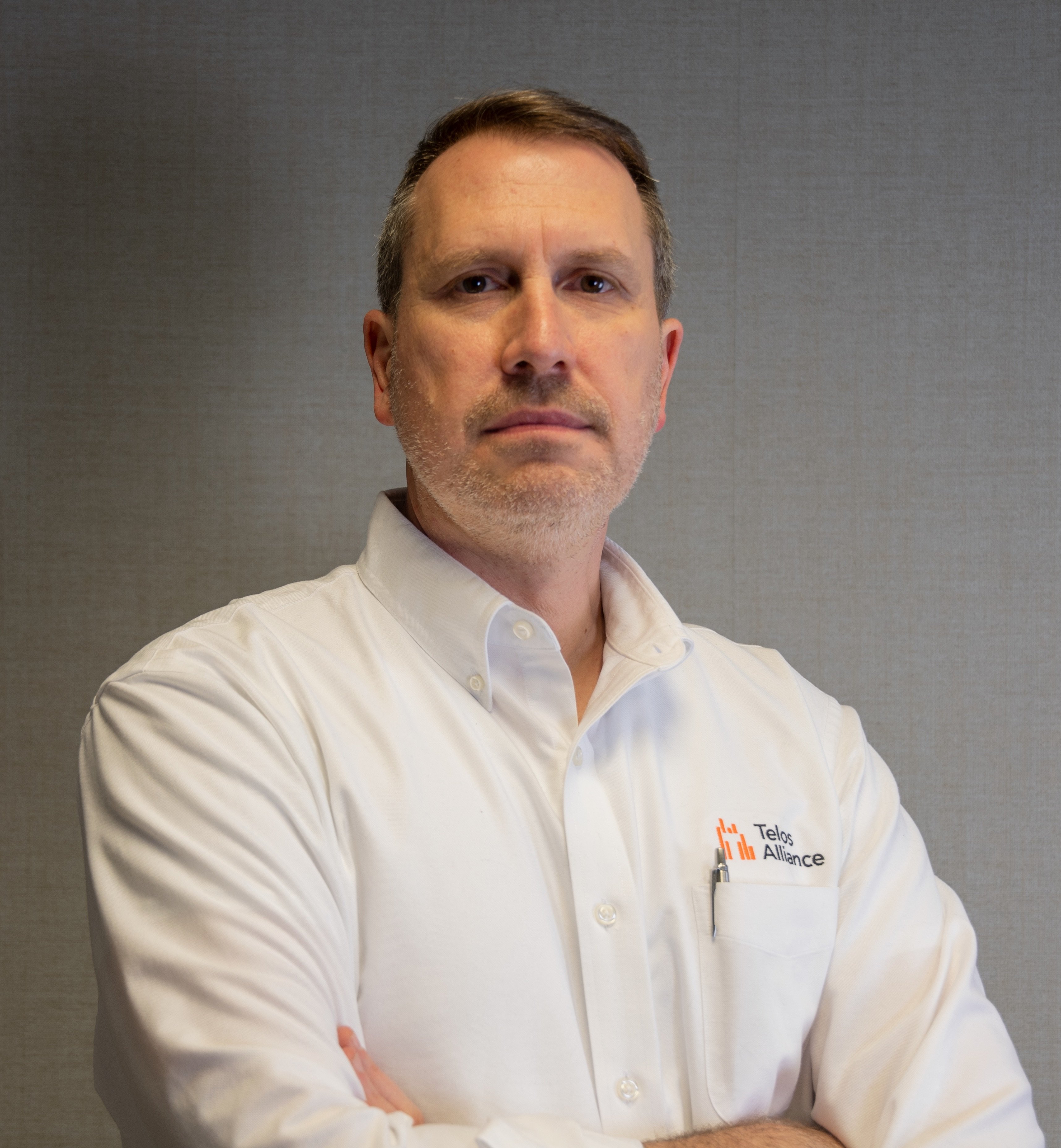
Telos Alliance Announces Scott Stiefel as CEO! | Telos Alliance
By The Telos Alliance Team on Jan 11, 2023 4:51:08 PM
Telos Alliance Announces Scott Stiefel as CEO!
Telos Alliance® is absolutely thrilled to announce that Scott Stiefel will take over as CEO of Telos Alliance. Scott will assume the reins from Tom Swidarski who will continue to be highly involved in creating a successful future for us by serving as Vice Chairman of the board and also by providing high-level guidance and strategy as well as mentorship to Scott and the entire senior leadership team as Vice Chairman of the Board. Scott Stiefel as CEO is the perfect fit for a Telos Alliance culture that values its customers above all else. He understands and anticipates customer's needs because he has served cross-functionally within the organization, including lending his expertise in R&D. That really matters for a company where our founders were tech folks, first and foremost.
Read More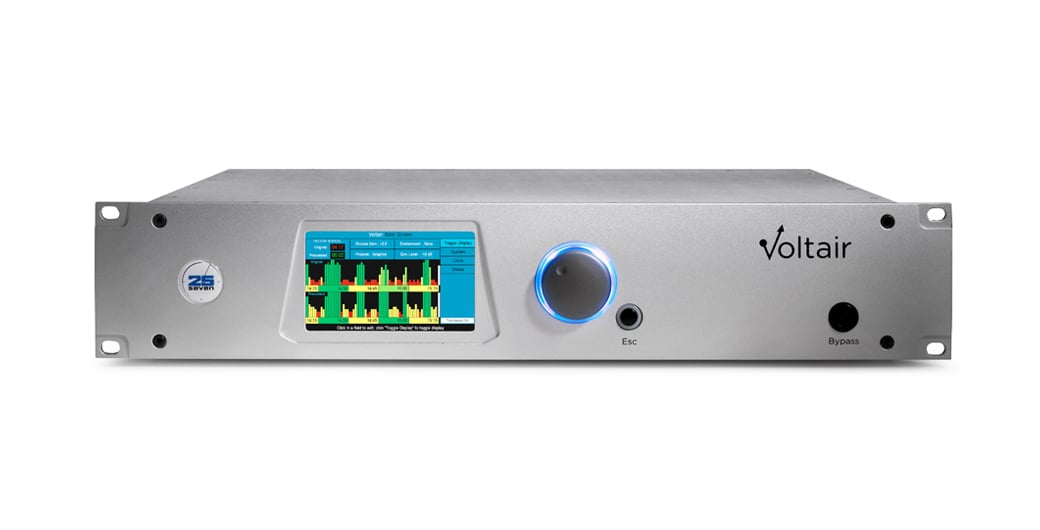
Explaining Voltair Success with the Big Lie(s) | Telos Alliance
By The Telos Alliance Team on Jan 10, 2023 1:23:25 PM
Explaining Voltair Success with the Big Lie(s)
Forward : This article was originally written in 2015 by Dr. Barry Blesser, Director of Research at the 25-Seven division of Telos Alliance. It has been updated and checked for any inconsistencies in accordance to products, updates and modern technical capabilities. While this is an older article, we at Telos Alliance believe it is still relevant in terms of the 25-Seven’s Voltair Watermark Monitor & Processor, the information available for it and its capabilities. Thank you for your continued support.
Read MoreTopics: Voltair
Top 5 Blogs & Social Posts of 2022! | Telos Alliance
By The Telos Alliance Team on Dec 20, 2022 4:06:14 PM
Top 5 Blogs & Social Posts of 2022!
In 2022, we had no shortage of interesting content and stories that touched on all forms of broadcast audio. That’s why we’re so excited to share the final piece in our year-end series of blogs. We’ve put together a list of our most popular blog posts from 2022 to usher us into an even more exciting and engaging new year. These were the blogs that you viewed and valued the most. We hope you'll continue to follow us on our journey to shape the future of audio and look forward to a bright 2023!
Read MoreAsk The Omnia Guy: "AES192"
Q: Our station just got an exciter that takes “MPX192”, is that the same as OmniaDirect?, or AES192? What’s the benefit of using MPX192? We have an Omnia.9, how is AES192 different than feeding analog MPX?
Glad to hear you got a new exciter upgrade. MPX192, AES192 and OmniaDirect are all the same, referring to running composite MPX over AES/EBU, keeping everything in the digital domain, to answer your first question.
Read MoreTopics: broadcast audio processor
Recent Posts
Subscribe
If you love broadcast audio, you'll love Telos Alliance's newsletter. Get it delivered to your inbox by subscribing below!
